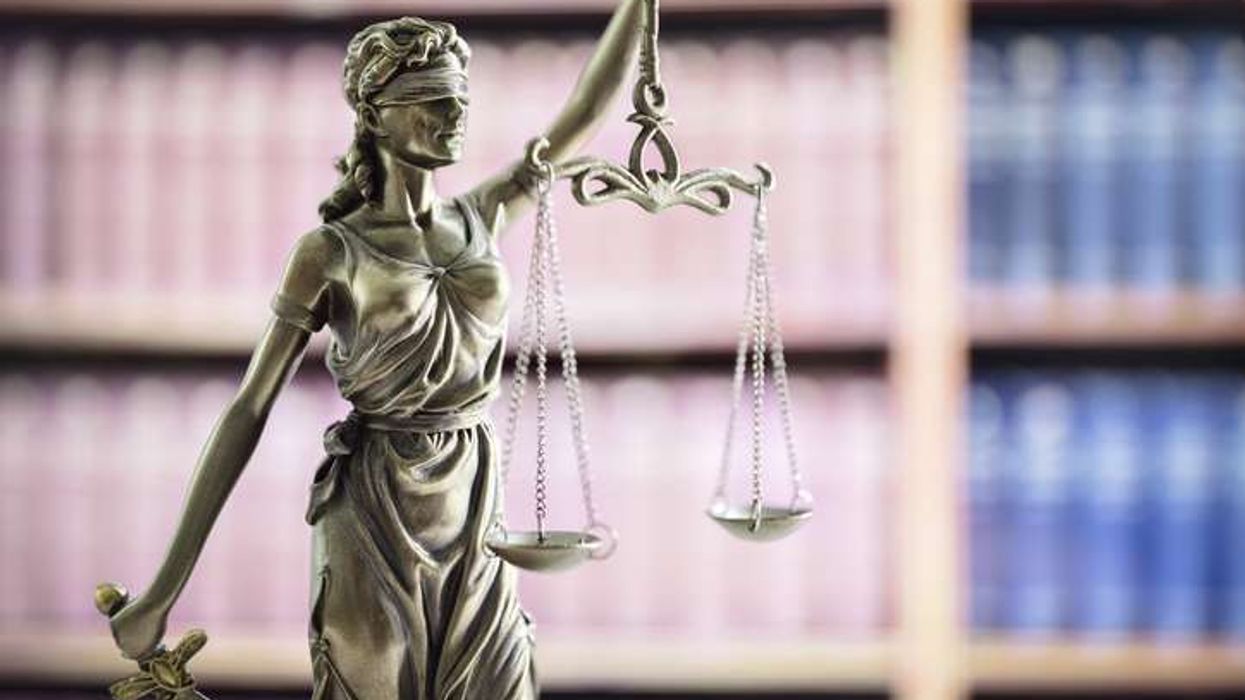TRAINEE doctors from the black, Asian and minority ethnic communities continue to face rampant racism at medical schools, says the British Medical Association.
The BMA said the students experienced a “culture of fear”, as medical schools weren’t doing enough to curb racial harassment.
Dr Chaand Nagpaul, BMA council chairman, observed that there was a “worrying disparity” between issues BAME students raised with the association and the number of formal complaints recorded—just 11 since 2010.
The figure was in stark contrast to a recent Equality and Human Rights Commission report that about 25 per cent of BAME students in UK universities had experienced racial harassment.
The miniscule number of formal complaints indicated that the students were “afraid to speak out”, said Nagpaul, while highlighting that many victims were “experiencing greater levels of undermining behaviour, micro aggressions, and racial harassment”.
Nagpaul was reacting to data revealed after an investigation by the BMA and the British Medical Journal (BMJ), which found medical schools were ill-prepared to deal with racism.
The BMJ had sent freedom of information requests to UK’s 40 public undergraduate medical schools. Of the 32 medical schools which responded, only half had collected data on racism complaints from students.
In this backdrop, the BMA has launched a charter for medical schools “to prevent and effectively deal with racial harassment”, which included guidance for staff as well as students on addressing racism.
“Many medical students of BAME origin experience a culture of fear,” said Nagpaul.
“But it’s not even recognised as a problem. That’s what makes these findings even more powerful because it shows the mismatch between the scale of the problem and the level of reporting, which is a symptom of students not feeling supported. This is widespread, and there is institutional racial bias.”
Among the most common incidents of racism were patients refusing to be treated by BAME trainees, and black students being viewed as nurses, said Gurdas Singh, co-chair of the BMA’s medical students committee.
Singh’s first experience of racism in medical school was when a clinical examiner asked him, “Are you just applying because you’re Indian?”
Toni Robinson, a black student at Keele University and member of the BMA medical students committee, said BAME students often had inhibitions whether the white staff would understand their woes.
“I was on a ward round and a patient said I looked like a golliwog,” she recalled. “The consultant and other students, who were all white, did not respond. It was brushed under the carpet—completely ignored.”
Furthermore, the issue of racism in medical schools is important because students from ethnic minority backgrounds make up 40 per cent of undergraduates, compared with 22 per cent in general universities.
Also, racial harassment added to the attainment gap between ethnic minority and white students, and later when they become doctors, too.
The BMJ also found that while 40 per cent of the UK's medical students had BAME origins, only 13 per cent of the teaching staff hailed from the communities.
Nagpaul noted in the BMA charter that racism “damages self-esteem and confidence, affects learning, and contributes to the ethnic attainment gap that emerges through medical education and training”.
He added that medical schools should take the onus to improve the conditions BAME students face on campuses and at hospitals or GP surgeries.
“Medical students are the future of the profession,” he said. “They need to know that they can expect an inclusive and safe environment at medical school and on work placements.”
Professor John Atherton, co-chair of the Medical Schools Council, said: “We are saddened to hear of the difficult experiences faced by some BAME students and the issues they have faced with reporting these incidents.
“There is clearly much more work to be done to ensure all students feel safe and supported both at medical school and on placement.”











